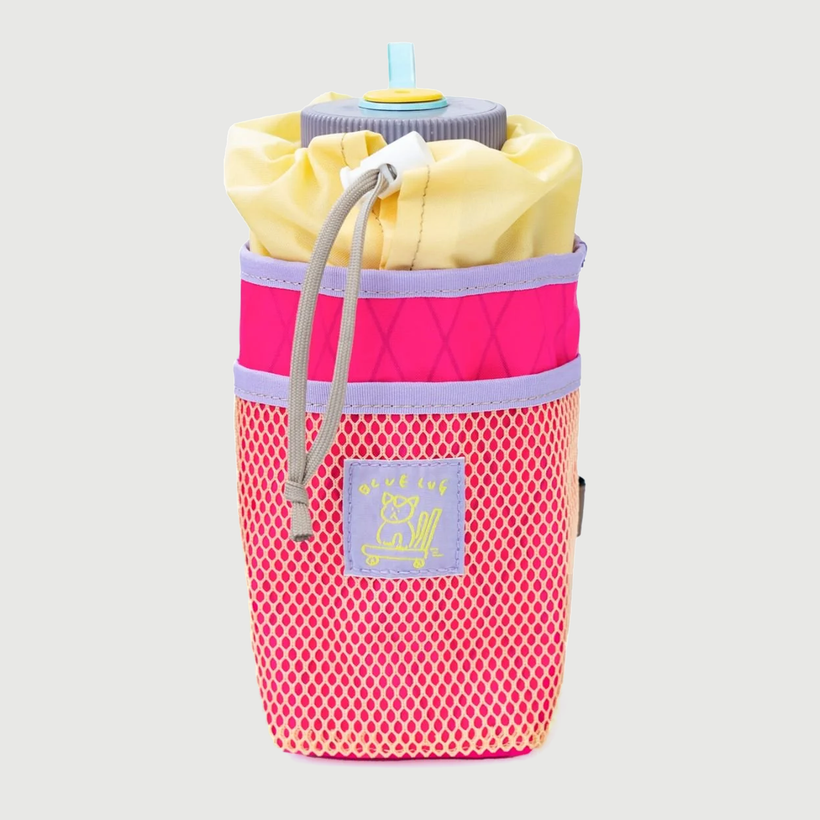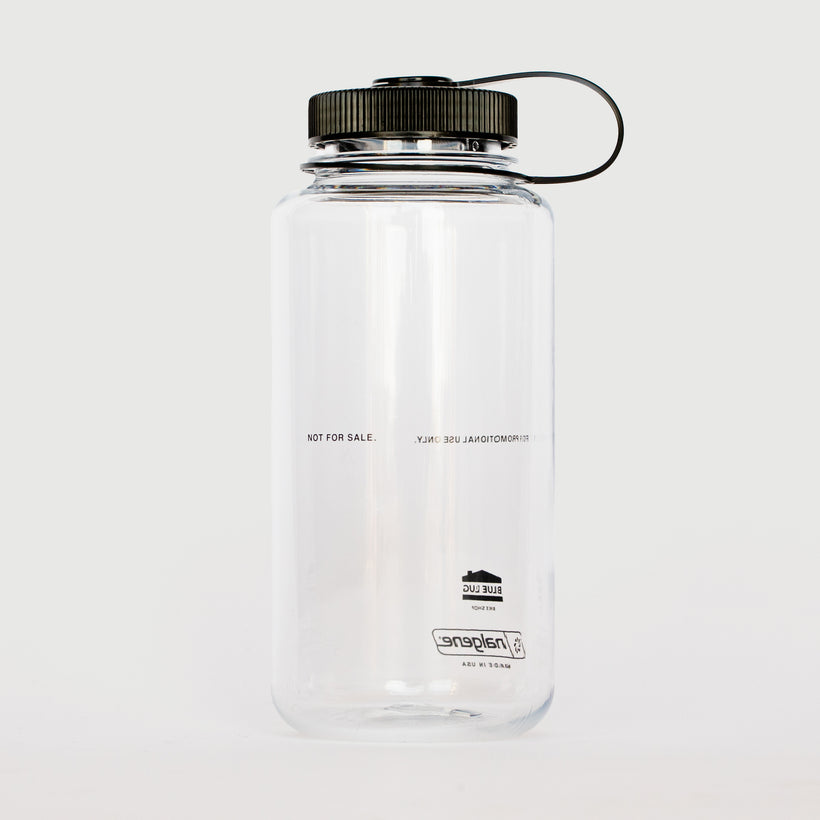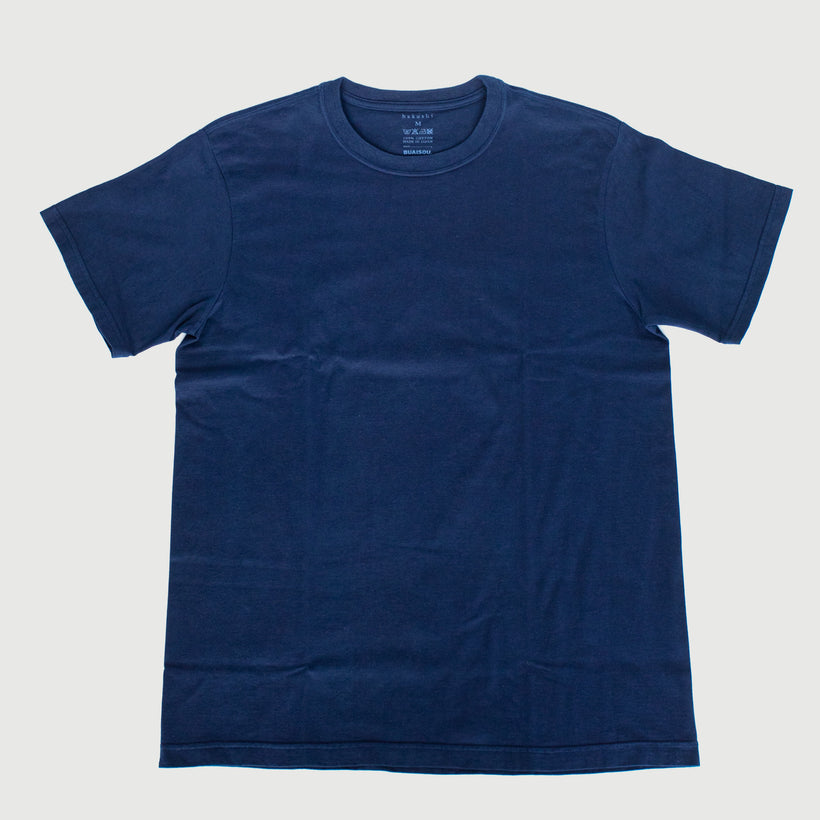Kuwano Home
In the city of Kurume, on Japan’s southern island of Kyushu, Kuwano Shinken Sangyo Co., Ltd. continues the slow, deliberate rhythm of weaving. The company’s philosophy - “From a single thread, we create value that connects hearts and times” - speaks to its belief that fabric is more than material; it is a record of touch, care, and continuity.

Since becoming independent in 1995, Kuwano Shinken Sangyo has worked to balance tradition with change. Inside the workshop, the entire process unfolds - from weaving and pattern making to sewing and inspection - allowing the company to maintain a quiet consistency while adapting to new ideas. Each fabric is made from carefully chosen materials, where texture, tone, and balance are considered as deeply as structure.






Their textiles are dyed using the Chikugo method, a local technique known for its rich, lasting colour. From Kurume stripes and check patterns to dobby and crinkled weaves, every piece carries a subtle expression of the artisan’s hand. With the ability to freely select warp threads, the company also produces double-width fabrics over 140 centimetres wide, designed for both traditional garments and modern interiors.


Kuwano Shinken Sangyo’s collections centre on Japanese everyday clothing - hanten, jinbei, samue, and monpe - garments once made for work and now reimagined for contemporary life. Woven from natural cotton, they offer a comfort and warmth that feels both familiar and new.

The hanten, in particular, remains a quiet symbol of continuity. First worn in the Edo period, it is now made using a patented manufacturing process developed in-house. The fabrics - dobby, bonito stripe, and amundsen - are filled with soft Desi cotton from India and Pakistan, a naturally springy fibre that traps warmth without weight.






Through its fabrics and clothing, Kuwano Shinken Sangyo continues to weave a connection between past and present - a dialogue of hands, materials, and time. What begins as a single thread becomes something lasting: a feeling of care, passed from maker to wearer.

Image Credit: Haruki Anami


